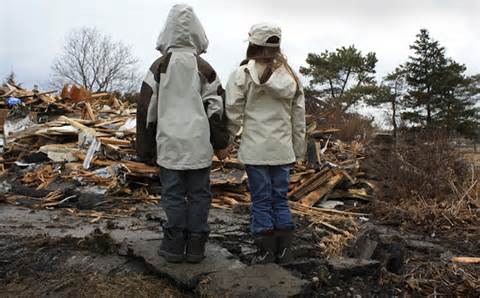Lesson 2: Unique Disorders
Who gets Dissociative Disorders?
The vast majority (as many as 98 to 99%) of individuals who develop dissociative disorders have documented histories of repetitive, overwhelming, and often life-threatening trauma at a sensitive developmental stage of childhood (usually before the age of nine), and they may possess an inherited biological predisposition for dissociation. In our culture the most frequent precursor to dissociative disorders is extreme physical, emotional, and sexual abuse in childhood, but survivors of other kinds of trauma in childhood (such as natural disasters, invasive medical procedures, war, kidnapping, and torture) have also reacted by developing dissociative disorders.
 Current research shows that DID may affect 1% of the general population and perhaps as many as 5 to 20% of people in psychiatric hospitals, many of whom have received other diagnoses. The incidence rates are even higher among sexual abuse survivors and individuals with chemical dependencies. These statistics put dissociative disorders in the same category as schizophrenia, depression, and anxiety, as one of the four major mental health problems today.
Current research shows that DID may affect 1% of the general population and perhaps as many as 5 to 20% of people in psychiatric hospitals, many of whom have received other diagnoses. The incidence rates are even higher among sexual abuse survivors and individuals with chemical dependencies. These statistics put dissociative disorders in the same category as schizophrenia, depression, and anxiety, as one of the four major mental health problems today.
Most current literature shows that dissociative disorders are recognized primarily among females. The latest research, however, indicates that the disorders may be equally prevalent (but less frequently diagnosed) among the male population. Men with dissociative disorders are most likely to be in treatment for other mental illnesses or drug and alcohol abuse, or they may be incarcerated.